- Workshop on Solutions to improve the efficiency of the rice-shrimp production model linked to the chain in Phuoc Long district
- Summary of the model of sustainable development cooperative linking production and product consumption
- Linking to develop OCOP products in the Mekong Delta region
From the first large-scale fields ...
More than 10 years ago, consumption linkage or chain linkage in rice production was still unfamiliar to farmers in the province. They only focused on production, harvesting and waiting for traders to buy, the price also depended entirely on traders. Besides, due to fragmented and small-scale production, in a field of several dozen hectares, there were up to dozens of different rice varieties, sowing was not uniform, causing difficulties in pest control, soil improvement and production mechanization... These were the shortcomings in rice production at that time.
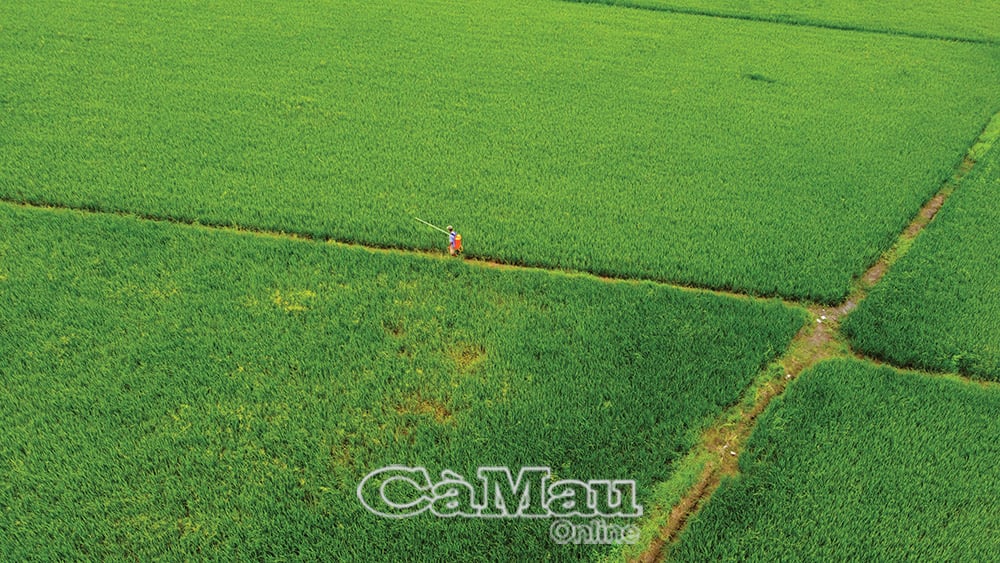 Large model fields bring many advantages in production to farmers.
Large model fields bring many advantages in production to farmers.
By 2012, the large-scale field model was officially implemented and changed everything: farmers produced on a large scale, applied technical advances synchronously, reduced input costs and stabilized rice productivity.
Mr. Gian Thanh Su, former Hung Phu commune (now Vinh Thanh commune), one of the farmers participating in the large-scale field model at that time, said: "Compared to previous crops, when participating in production in large-scale fields, I found that there were fewer pests and diseases, high productivity, and favorable harvests. After deducting expenses, profits increased by about 500,000-600,000 VND/acre compared to before."
Mr. Diep Quoc Cuong (Ninh Quoi commune) shared: "I participate in rice production in a large-scale field of 50 hectares, sowing at the same time, with the same rice varieties, and the State also cooperates with traders and businesses to buy rice in just 1-2 days. It's fast and has a good price, so we farmers are very happy!"
In parallel with guiding and supporting farmers to produce according to the large-scale field model, the provincial agricultural sector also encourages people to switch to growing high-quality rice to increase the value of rice grains, meeting export requirements. Along with that, many programs such as "3 reductions, 3 increases", "1 must, 5 reductions", IPM, or smart rice farming models... are also applied to increase productivity, reduce costs, and move towards sustainable production.
...To the production and consumption chain of rice
From the foundation of the large-scale field model, linkages in rice production were gradually formed. Farmers began to participate in more cooperative groups (THT) and cooperatives (HTX). With the role of guiding and supporting production, THT and HTX not only contributed to the transformation from small-scale, spontaneous production to planned, large-scale production, but also represented farmers in signing linkage contracts with enterprises, from supplying input materials to consuming output products.
Ba Dinh Cooperative (Vinh Loc commune) is one of the typical units in building a chain of linkages. With more than 700 hectares of rice production on shrimp farming land, the Cooperative has signed contracts with companies supplying quality fertilizers and pesticides at prices lower than the market. At the same time, it has linked up with businesses to purchase all rice after harvest, ensuring the rights of members.
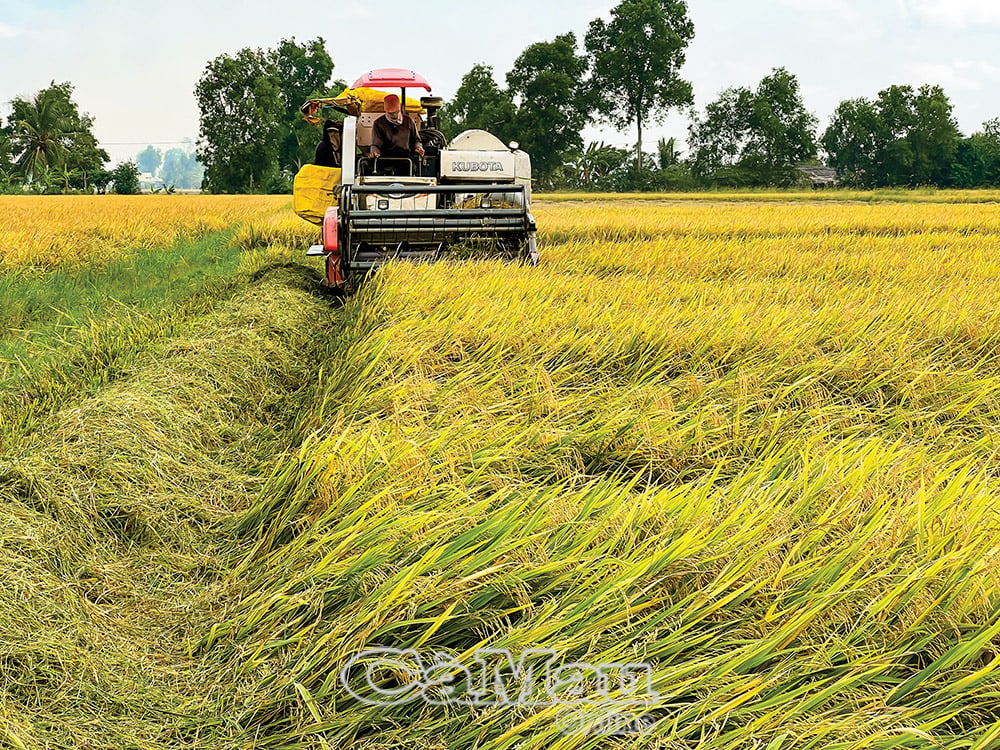 Linking production and applying mechanization contributes to improving the quality and yield of rice.
Linking production and applying mechanization contributes to improving the quality and yield of rice.
Mr. Nong Van Thach, Director of Ba Dinh Cooperative, said: "In addition to cooperating with companies to invest in inputs and guarantee outputs, the Cooperative now directly purchases rice from members at market prices and adds 300 VND/kg, to mill and package under the brand name Ba Dinh Rice - Shrimp. We also apply Facefarm traceability software in production."
Similarly, Chi Phai Cooperative (Vinh My Commune) is actively seeking ways to increase the value of its members’ commercial rice. Notably, it is necessary to register growing area codes, develop products that meet OCOP standards, and connect with consumers in many markets.
“ The cooperative has sold more than 8 tons of OCOP rice in markets inside and outside the province. Initially, it has been positively received by consumers. In the coming time, the cooperative will continue to expand its production scale and market to increase profits for members,” informed Mr. Quach Van Vinh, Deputy Director of Chi Phai Cooperative.
It can be said that building a chain link from production to consumption not only helps farmers stabilize output, but also promotes sustainable agricultural development in the integration period. When production stages are strictly controlled, transparent, and have clear origins, rice products will have many competitive advantages domestically and for export.
Orientation for sustainable development
In order to promote the achieved results and replicate the production linkage model, the Ca Mau agricultural sector is continuing to promote propaganda and effectively implement Decree No. 98/2018/ND-CP of the Government on policies to encourage the development of cooperation and linkage in production and consumption of agricultural products. At the same time, there will be many activities to support farmers in linking and producing according to the value chain.
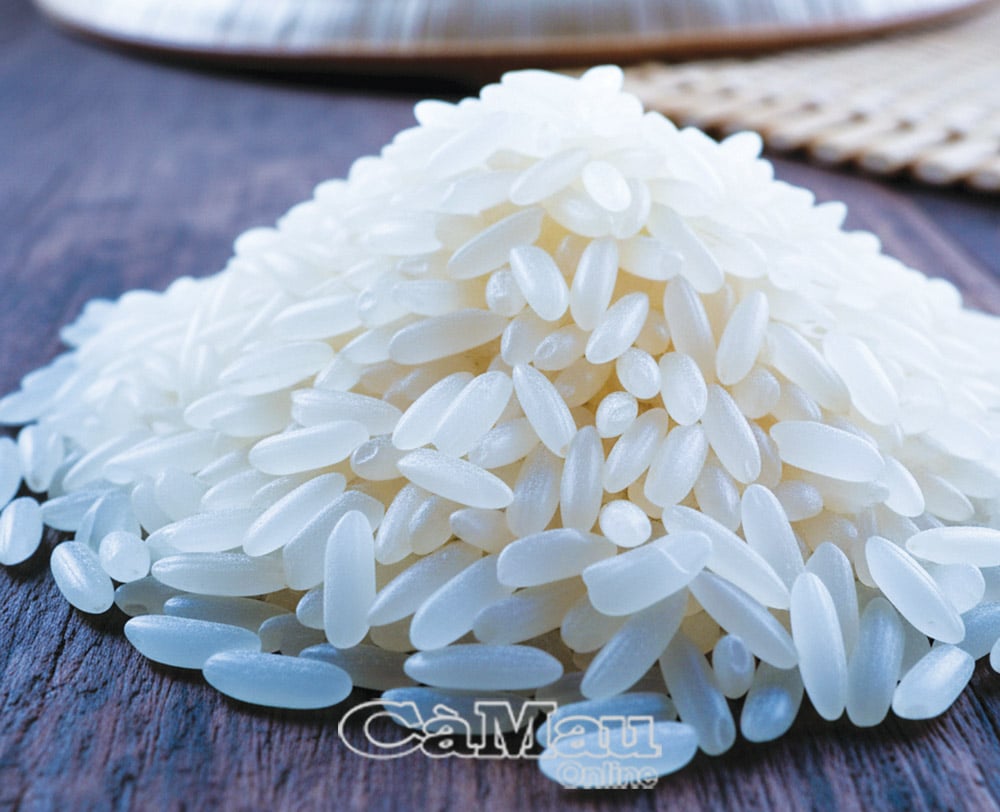 Linking production chains creates added value for local rice products. (Photo: Chi Linh)
Linking production chains creates added value for local rice products. (Photo: Chi Linh)
Mr. Pham Van Muoi, Deputy Director of the Department of Agriculture and Environment, affirmed: "The industry will consolidate and maintain existing linkage chains, select a leading unit to guide procedures for accessing support policies. At the same time, call on reputable and capable enterprises to participate in the linkage chain."
Along with that, the agricultural sector will direct relevant units and localities to organize the implementation of models associated with the expansion of raw material areas, or build new production linkage support models to serve as a basis for replication in the coming time. Review and select cooperatives that meet the conditions (scale, capital, production capacity, linkage ability, technical certification...) to introduce to enterprises to participate in linkages; guide the development of model linkage contracts, organize bilateral connections between cooperatives and enterprises to negotiate and sign appropriate contracts...
"With synchronous solutions, the province's rice production and consumption chain will become increasingly tight and sustainable, helping farmers improve production efficiency and increase income. At the same time, gradually transforming from simple linkage to value chain, thereby creating added value for local rice products," Mr. Pham Van Muoi expected.
Wish Chi
Source: https://baocamau.vn/tang-gia-tri-lua-gao-tu-chuoi-lien-ket-a123228.html



![[Photo] Chairman of the Hungarian Parliament visits President Ho Chi Minh's Mausoleum](https://vphoto.vietnam.vn/thumb/1200x675/vietnam/resource/IMAGE/2025/10/20/1760941009023_ndo_br_hungary-jpg.webp)
![[Photo] National Assembly Chairman Tran Thanh Man holds talks with Hungarian National Assembly Chairman Kover Laszlo](https://vphoto.vietnam.vn/thumb/1200x675/vietnam/resource/IMAGE/2025/10/20/1760952711347_ndo_br_bnd-1603-jpg.webp)
![[Photo] Prime Minister Pham Minh Chinh meets with Speaker of the Hungarian National Assembly Kover Laszlo](https://vphoto.vietnam.vn/thumb/1200x675/vietnam/resource/IMAGE/2025/10/20/1760970413415_dsc-8111-jpg.webp)
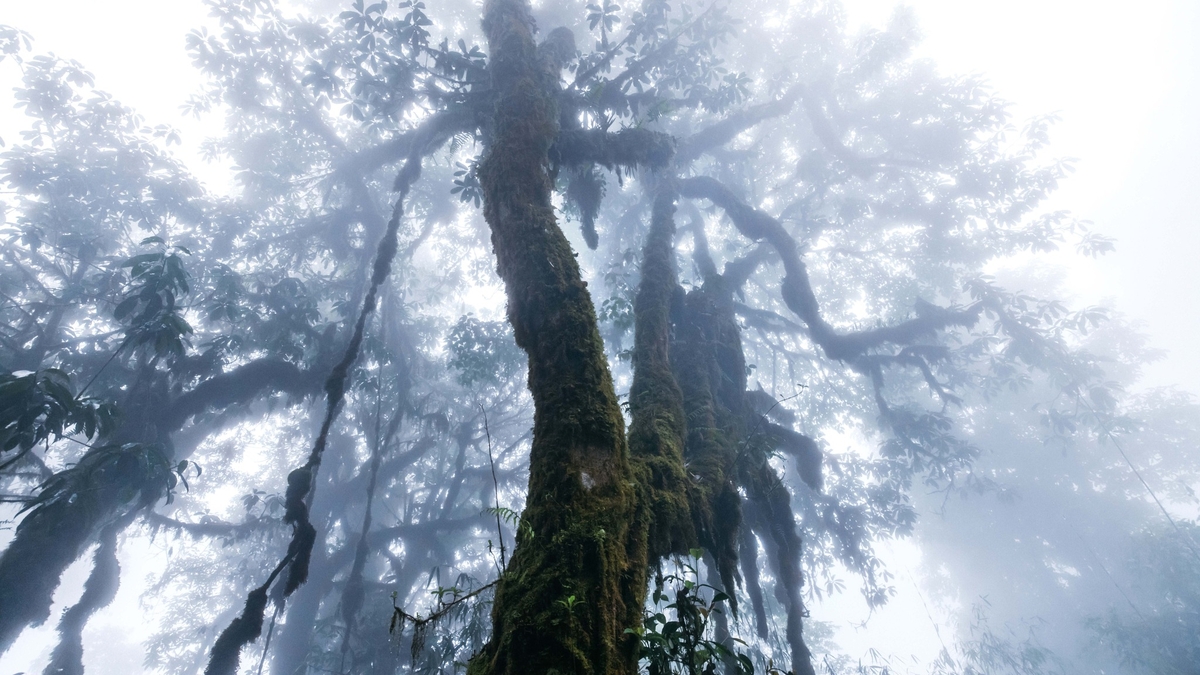

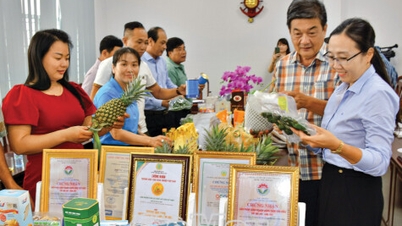
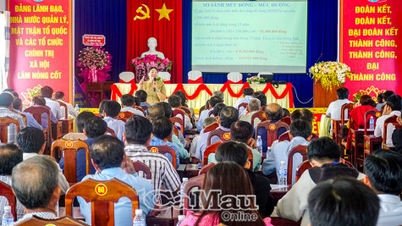
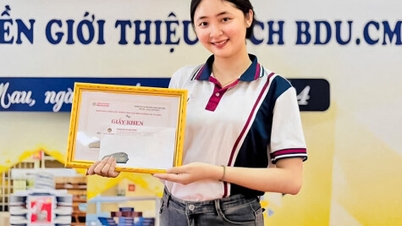
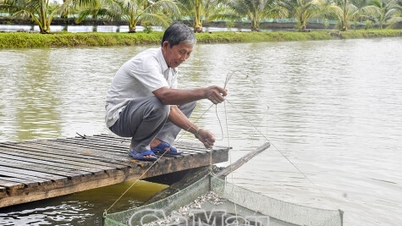
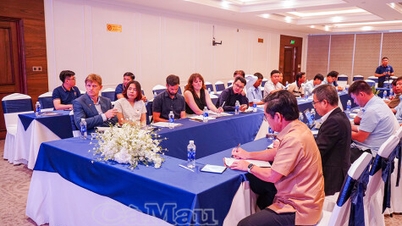
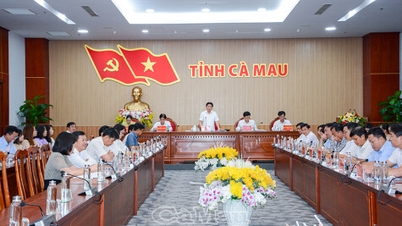
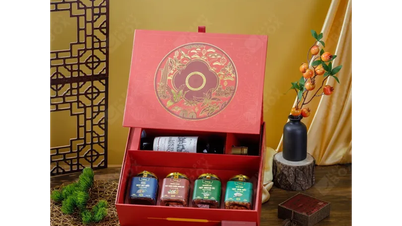



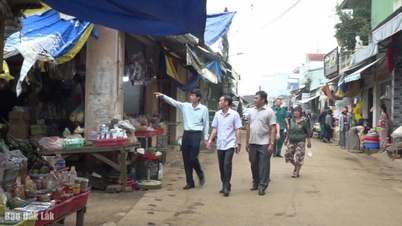

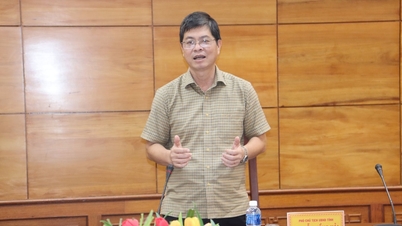

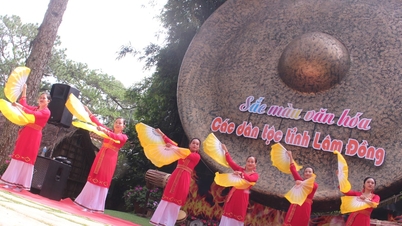
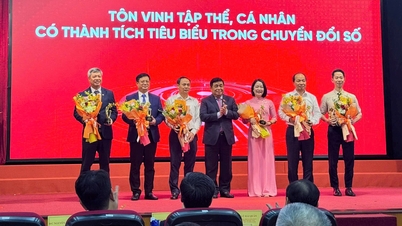





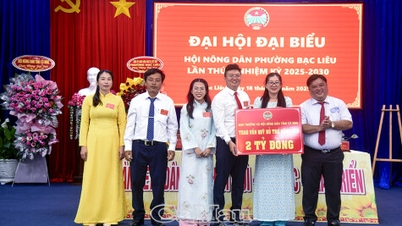
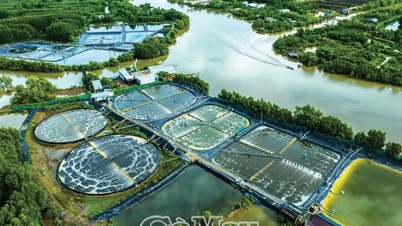

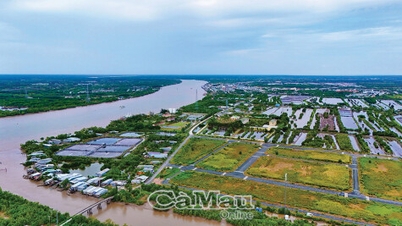
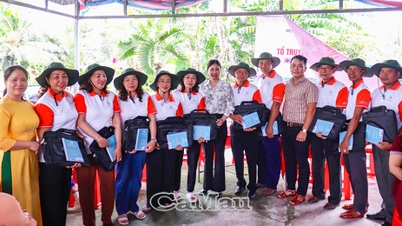

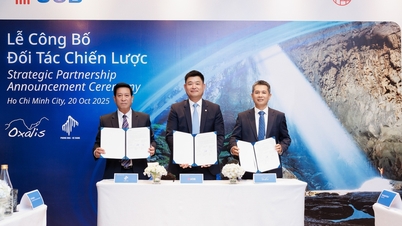



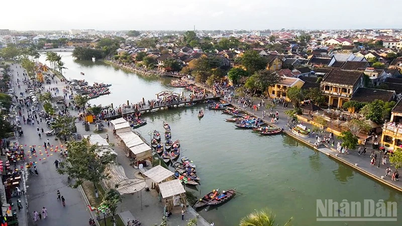



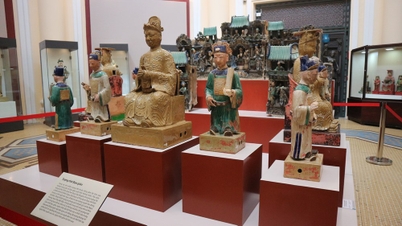
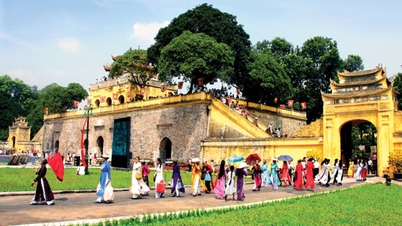

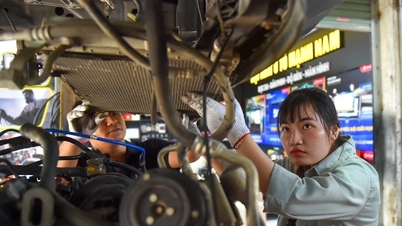

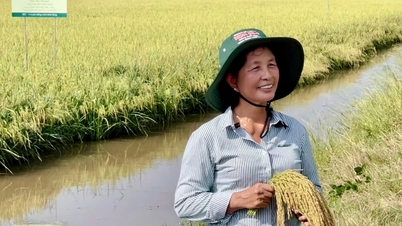

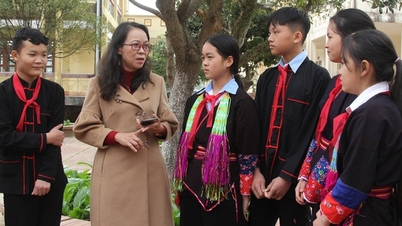

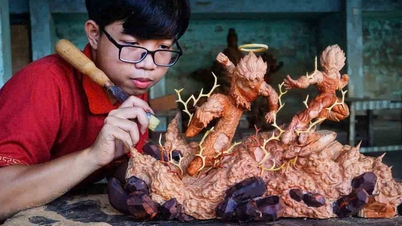
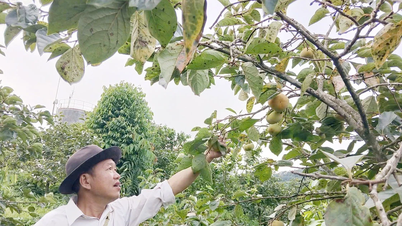





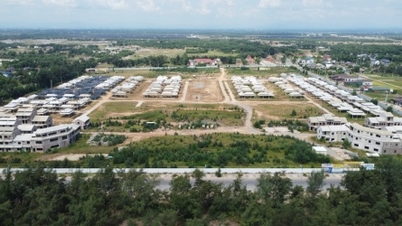




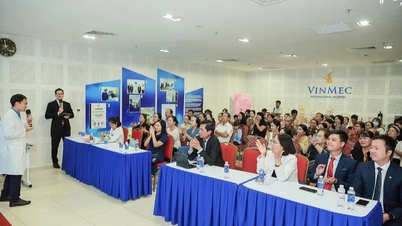









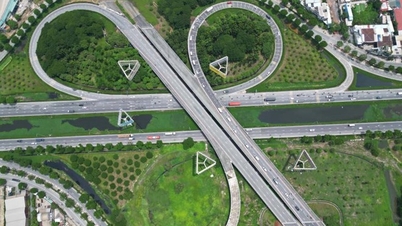

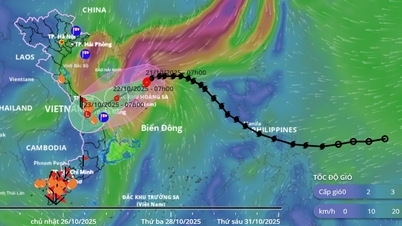
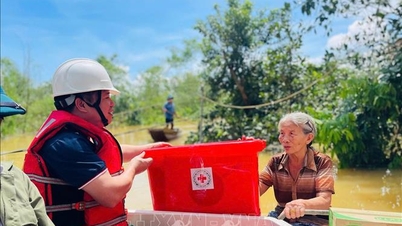


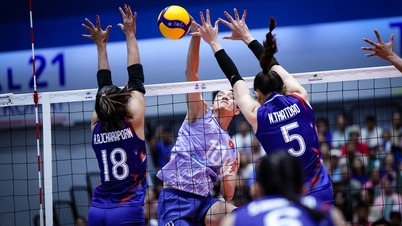




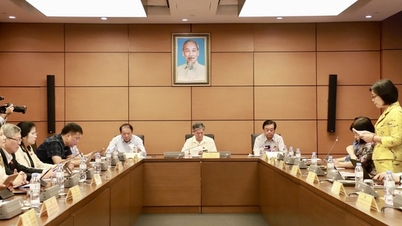
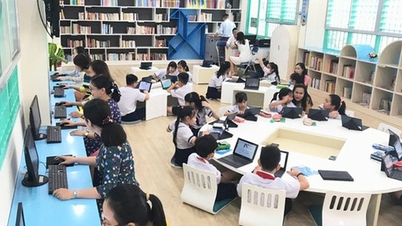

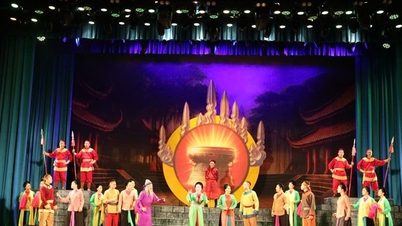
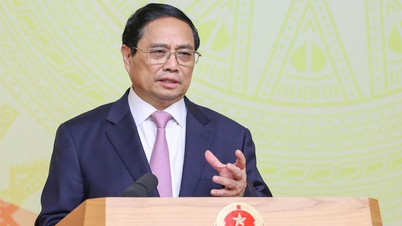

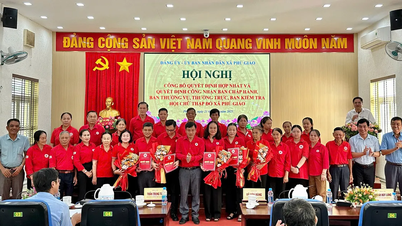

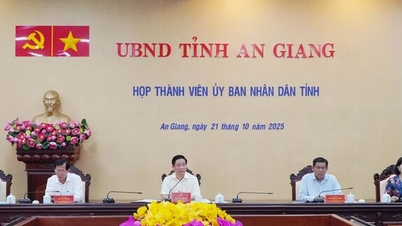

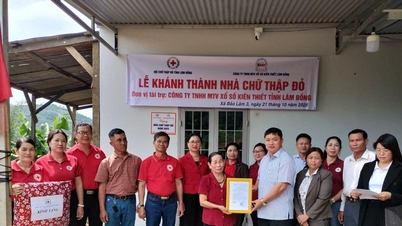
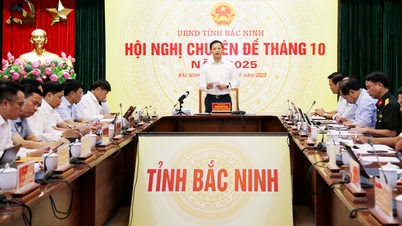

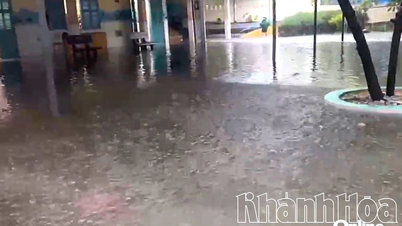










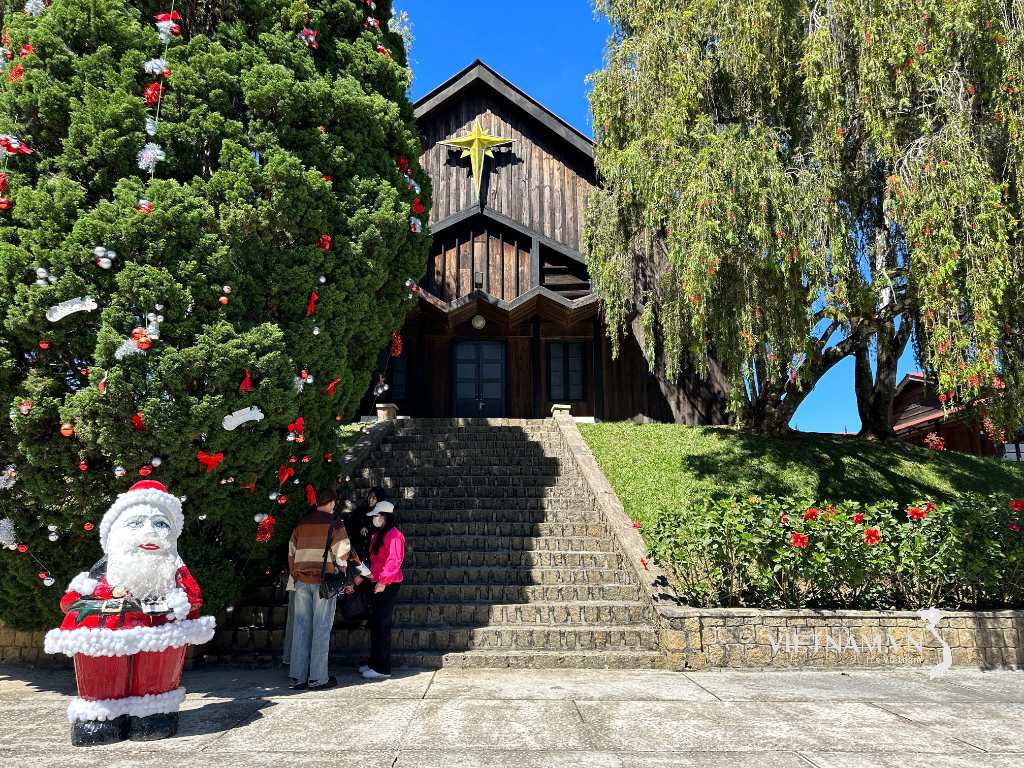


Comment (0)